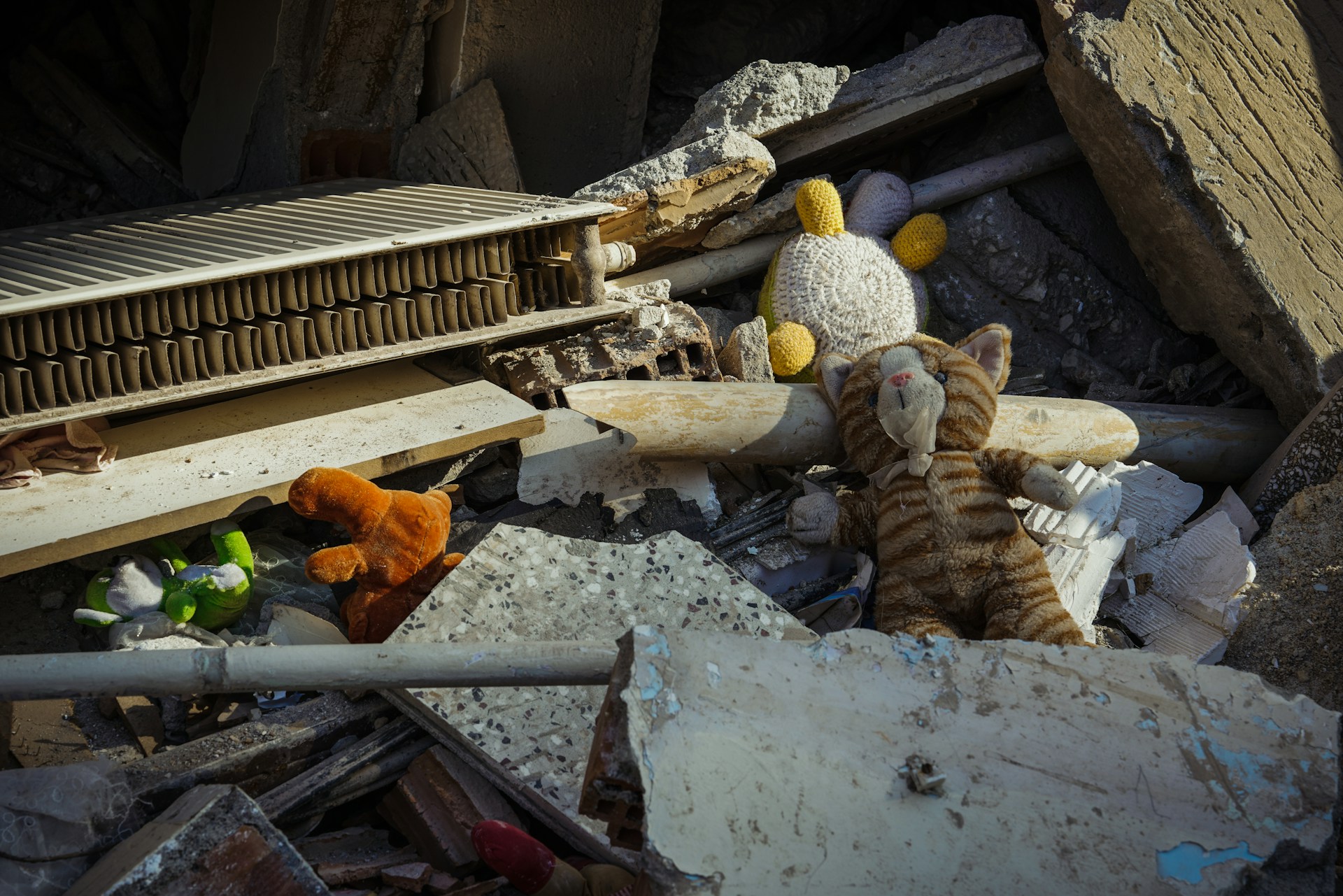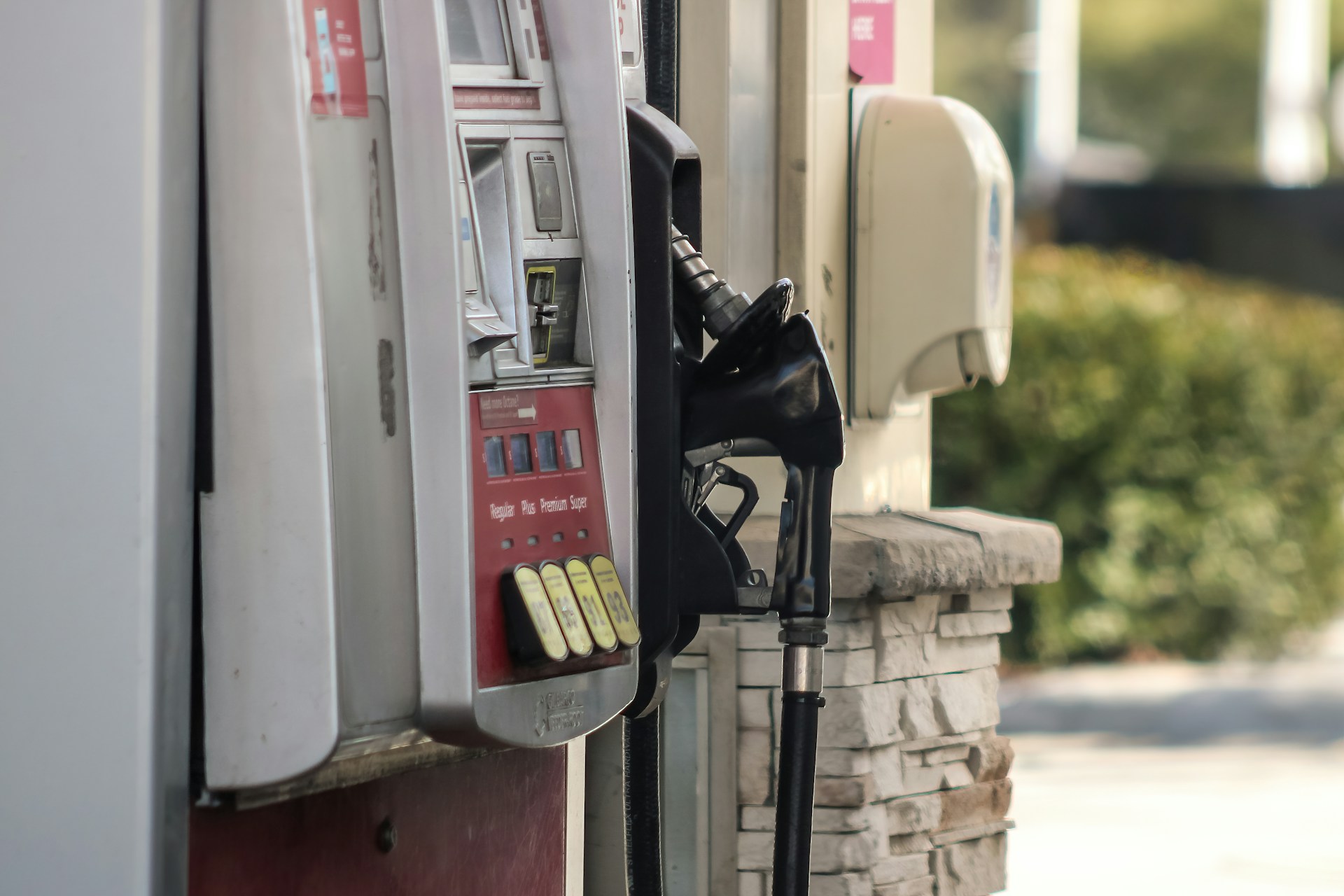Preparedness
Laundry Spat Escalates to Double Homicide in Florida Retirement Community

A 75-year-old man finds himself behind bars after a seemingly small tiff over laundry escalated into a tragic double homicide in a retirement community in Florida. Henry Wallace, 81, took issue with an open laundry room door, leading him to confront his upstairs neighbor, Susan Hootman, according to WPBF News.
Susan Hootman was recorded on a 911 call saying, “The neighbor downstairs just the other day shouted at me and swore at me regarding the washer and dryer.”
The incident took a fatal turn when Hugh Hootman, upset by Wallace’s aggressive interaction with his wife, confronted Wallace. WPBF reports that Hootman demanded Wallace apologize as he was fetching his mail. In response, Wallace attempted to brush past Hootman, prompting Hootman to act.
Local 10 News states that Hootman pulled a gun and fired two shots into Wallace’s chest. The violence did not end with Wallace; Ginger Wallace, Henry’s wife, was also shot by Hootman after she appeared to investigate the noise.
“I lost my temper,” Wallace confessed to the police, as reported by Local 10.
Following the shocking act, Hootman returned to his apartment, instructing his wife to alert the authorities of his lethal actions. “Call the police – I just shot Henry and Ginger,” Hootman allegedly requested of his wife, according to a tweet by WPBF25News.
When the police arrived, they found Hootman in his recliner, silently grappling with the reality of his actions. The grim scene was not only witnessed by Hootman’s wife, but also by a mailman. Raymond Boze, a neighbor, recounted his conversation with the mailman who was standing near the bodies, “His body was lying right here, and she was lying there like a baby, curled up, and [the mailman] was standing there, and I said, ‘Are you calling 911?’ and he said, ‘Yeah,'”.
Upon his arrest, Hootman expressed remorse. “So sorry. I wish I could take it back,” he told the officers, as quoted by WPBF.
The community has been left shaken by the harrowing incident. One neighbor, Kathy Barger, recalled the last moments of Ginger Wallace with a haunting clarity. “I heard [Ginger Wallace] yell, ‘Oh, no, no.’ And then she screamed, and then she was silent. That’ll stay with me all my days,” she shared with WPBF.
Let us know what you think, please share your thoughts in the comments below.

Preparedness
Debunking Earthquake Myths: What You Really Need to Know

Throughout history, people have concocted a variety of imaginative explanations for earthquakes, from mythical creatures to divine interventions. While modern geology has debunked these ancient ideas, several misconceptions about earthquakes continue to persist today. These myths can be just as misleading and potentially dangerous when it comes to preparing for these powerful natural events.
One prevalent myth is the notion that earthquakes can cause the ground to open up and swallow people, cars, and buildings whole. However, experts largely dismiss this idea. The United States Geological Survey (USGS) explains that “shallow crevasses can form during earthquake-induced landslides, lateral spreads, or from other types of ground failures, but faults do not open up during an earthquake.” Earthquakes occur when two blocks of the earth’s crust slide past one another, held together by friction. If a fault were to open, the friction would be lost, and no earthquake would occur.
Recent research from Caltech University, published in the journal Nature, suggests that “thrust faults” can create gaps in the earth’s surface up to 160 feet wide before snapping shut. However, these phenomena have been observed only in oceanic settings, and there are no recorded incidents of such crevasses swallowing people or buildings. Therefore, this scenario should not be a primary concern in earthquake preparedness.
Another common misconception is the belief that doorways provide the safest refuge during an earthquake. This advice stems from historical examples of old adobe homes in California, where doorframes remained standing amid the rubble. However, as the University of Washington Department of Emergency Management notes, “In modern houses, the doorways are no stronger than any other part of the house, and the doorway does not protect you from the most likely source of injury – falling or flying objects…you are safer under a table.”
Living in urban or suburban areas often gives a false sense of security regarding disaster preparedness. It’s easy to assume that essential resources will remain accessible, but a major earthquake can disrupt even the most basic services. Severed roads, power, and water lines can isolate communities, making it difficult to obtain necessities. This is why organizations like FEMA now recommend preparing a two-week emergency kit instead of the traditional 72-hour one. For optimal preparedness, it’s wise to have at least three months’ worth of food, water, and gear.
Finally, there’s a misconception about the reliability of insurance in the aftermath of natural disasters. Insurance companies operate as businesses, not charities, and their main priority is their financial stability. Katherine R. H. Wagner from the Stanford Institute for Economic Policy Research points out that “a single natural disaster could bankrupt insurance companies,” leading some to hesitate in offering natural disaster coverage.
In conclusion, it’s crucial to dispel these myths and rely on accurate information when preparing for earthquakes. Understanding the realities of these natural events can help ensure better safety and preparedness for everyone involved.
Let us know what you think, please share your thoughts in the comments below.
Preparedness
Discover the Ultimate Backup Plan for Any Disaster

In the unpredictable world of disasters, having a backup plan is crucial. Often overlooked until it’s too late, emergency supplies can be destroyed by the very events they are meant to mitigate. This not only results in replacement costs but also leaves you without essential survival items at the worst possible time.
Enter the bug-out bag—a prepper’s perfect “Plan B.” While it might not be immediately recognized as such, your bug-out bag can serve as a critical backup during a shelter-in-place emergency.
One classic prepper strategy is to distribute emergency supplies throughout different parts of the house. This way, if one section is compromised, not all is lost. However, if you haven’t managed to do this, a bug-out bag stored in an easily accessible spot, like under the stairs or next to the door, ensures you have a fallback option.
In the words of many disaster survivors, “during most major emergency events, there’s a strong chance you’ll be alone the first few days waiting for even the slimmest rescue assistance.” A well-stocked bug-out bag should provide 72 hours of food, which can be just enough to tide you over until help arrives or you can secure a more sustainable food source. While a two-week food supply is ideal, as even FEMA advises, having enough for three days can be crucial during the initial chaos.
Water is another critical component. A 72-hour supply of water can be a lifesaver until you find a more substantial source. “If your bug-out bag has a half-decent water filter, you’ve got the most important tool to stay hydrated for many weeks or months.” Even a basic water source, like a pool, can become viable with a good filter, ensuring you stay hydrated.
Beyond severe disasters, your bug-out bag’s water supply can be invaluable during minor emergencies like power outages, boil advisories, or frozen pipes. Having those 72 hours of water on hand can prevent you from tapping into your long-term reserves prematurely.
Power outages are a common denominator in many disasters, be it earthquakes, hurricanes, wildfires, or blizzards. Your bug-out bag should include power sources like batteries and solar chargers. These can keep essential devices, such as flashlights and chargers for radios or cell phones, operational. “A flashlight keeps you from injuring yourself in the dark, and a device charger keeps your radio and/or cell phone juiced.”
In any disaster scenario, a power outage is almost guaranteed. Having extra light sources in your bug-out bag ensures you are prepared, even if one breaks or you have additional people needing assistance.
Ultimately, while no plan is foolproof, a well-prepared bug-out bag can be your best ally when disaster strikes, ensuring that your “Plan B” is as robust as possible.
Let us know what you think, please share your thoughts in the comments below.
Preparedness
How Much Gasoline Should You Store for Emergencies?

In the event of an emergency, one of the first resources to disappear will likely be gasoline. The question is: how much emergency gasoline should you actually have on hand?
To answer this, start by evaluating your current gasoline usage. Americans consume a staggering amount of gas—over 374 million gallons annually, which equates to roughly 1.5 gallons per adult each day.
In scenarios where the power fails, gas pumps become inoperative, leading to long lines and widespread shortages. The key to avoiding such discomfort is to plan ahead by determining your gasoline needs and storing it safely for future use.
However, storing significant quantities of gasoline presents challenges. It’s wise to ensure that gasoline is only a part of your overall fuel strategy. Consider diversifying your fuel sources by incorporating propane, solar, and even wood-based options.
“Gas is highly flammable so make sure you store it safely.” Avoid storing gasoline inside your home, in direct sunlight, or near any heat sources. Use approved containers and adhere to safety guidelines to minimize fire risks. Also, be aware that local regulations may limit the amount of gasoline you can legally store.
When it comes to calculating your gasoline needs in a survival situation, some basic math can help. Assume a vehicle with a fuel economy of 15 miles per gallon and a 15-gallon tank capacity. This setup provides a range of 225 miles per full tank.
In a survival scenario, ensure your bug-out location is within a single tank’s range, as refueling might be challenging or impossible. For instance, if your destination is 200 miles away, you’ll need 30 gallons for a round trip of 400 miles, with some extra for contingencies. If you start with a full tank, you’d only need an additional 15 gallons stored.
Most people rely on inverter generators in emergency scenarios due to their mobility and quieter operation. While generator efficiency varies, they typically have a one-gallon capacity and can run between three to eight hours on that gallon. If you run your generator four to six hours daily, you might use 1.25 gallons per day, totaling 37.5 gallons for a month.
Combining these needs, your total gasoline requirement could reach 67.5 gallons. This figure may seem daunting, but it’s crucial to assess your specific fuel needs. If you don’t need to drive to a bug-out location or if the weather is mild, you can significantly reduce your fuel consumption.
Consider this information not as a rigid guideline but as a catalyst for reevaluating your gasoline needs and exploring alternative fuel sources.
Let us know what you think, please share your thoughts in the comments below.
-

 Tactical1 year ago
Tactical1 year ago70-Year-Old Fends Off Intruder with Lead-Powered Message
-

 Tactical1 year ago
Tactical1 year agoVape Shop Employee Confronts Armed Crooks, Sends Them Running
-

 Preparedness11 months ago
Preparedness11 months agoEx-Ballerina’s Guilty Verdict Sends Tremors Through Gun-Owner Community
-

 Preparedness9 months ago
Preparedness9 months agoGood Samaritan Saves Trooper in Harrowing Interstate Confrontation
-

 Tactical1 year ago
Tactical1 year agoMidnight SUV Theft Interrupted by Armed Homeowner’s Retaliation
-

 Survival Stories2 years ago
Survival Stories2 years agoEmily’s 30-Day Experience of Being Stranded on a Desert Island
-

 Preparedness10 months ago
Preparedness10 months agoArizona Engineer’s Headless Body Found in Desert: Friend Charged
-

 Preparedness10 months ago
Preparedness10 months agoBoy Saves Dad from Bear Attack with One Perfect Shot
Old Man
August 27, 2024 at 2:16 pm
The moral of the story…don’t mess with the elderly!
Matthew
August 27, 2024 at 6:06 pm
Since the comment box seems to be the only way to make contact w/the article’s “author,” and G&G’s founder, Jack Morgan, I guess it will have to do…The story, “Laundry Spat Escalates to Double Homicide in Florida Retirement Community,” which you claimed to have written on Aug.21, 2024, along w/making the story read as if the episode just happened is not only misleading, it’s the prime example of Yellow Journalism!
Jack Morgan, the article’s author and founder of “Grits & Gear, already knows this but I can guarantee 99.99% of readers have no clue he regurgitated a story that took place in Dec. 2022 (nearly Two (2) years ago!!!
Put simply, Morgan/G&G are an absolutely pathetic, misrepresenting, misleading excuse for a “news” site! It’s blatantly obvious Morgan’s one and only mission is to push the absolute far right narrative using the “truth be damned” method for which MAGA and its founder are famous!
Obviously Morgan knows the far right’s beliefs, politics, etc., is becoming more and more a losing/dying cause among the American public. And, as such, will go to any length (using blatant lies, misinformation, whatever) to keep the extremist views “alive.” And, thus, since Morgan and his ilk can’t use reality, truth, etc., to push their agenda will resort to trickery and illusion to make it seem as if the far right is actually “winning” the argument!!!
Not only that this is childish, pathetic and completely UnAmerican, it is extremely dangerous to the well being of society, as well as doing a disservice to this great and wonderful nation by trying to make it go backwards. To the 1950s? 1850s? The Dark Ages? Whatever the date, just remember the past wasn’t all roses and blue skies!
There’s a million more things to be said but let’s see if Jack Morgan or anyone else has the guts (and conscience) to give an honest, respectful reply and not just a bunch of name calling. I doubt either one will happen but I’ll keep the proverbial door open.
Timothy
August 27, 2024 at 9:15 pm
the “Karen” illness is taking over Amerika. IT is a result of the unGREATful SOCIETY that LBJ started after the MIC murdered JFK in Dallas. That was NEVER referred to as an insurrection, but it was. Now, uppity sheeople are throwing fits, ever where. chill out, don’t act like yankees either (killing people)
Robin Tillett
August 28, 2024 at 11:01 am
Sounds to me like they were off of their meds…..
Randy Vick
August 28, 2024 at 2:58 pm
That’s right, pick up a gun, be weak, puckish. Put up your fist if you are a REAL person.
RobertC
September 4, 2024 at 10:09 pm
Matthew, if this journalism was the work of a far-right lunatic, they sure have a strange way of furthering their conservative agenda. If anything, this article is a thinly veiled attempt at promoting gun control, as are a number of other articles that I’ve read here. I agree that taking a two-year old incident, or even a two-month old incident, and attempting to pass it off as “breaking news” is a lazy and disgusting way at getting views, but attempting to portray this as the typical work of the right is ridiculous. Your insinuating that a return to the values of the ‘50s, or before, would be a regression is laughable – the world has never been as completely evil and disfunctional as it is today. That’s due 100% to the efforts of the “progressives”, who have their roots in the ‘60s, with the primary goal of throwing out literally every value from their parents’ generation as a way to move forward. The world we’re living in today is a direct result of this boomer influence – they’re the primary policy makers in governments worldwide. The past may not have been all blue skies, but at least some blue was visible on occasion. That’s a damn far cry from the world we’re living in today.